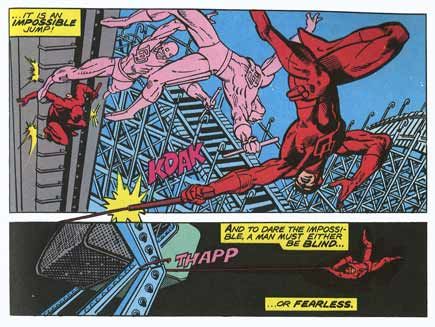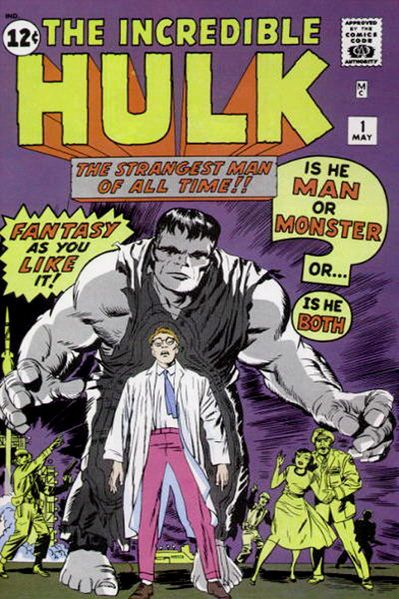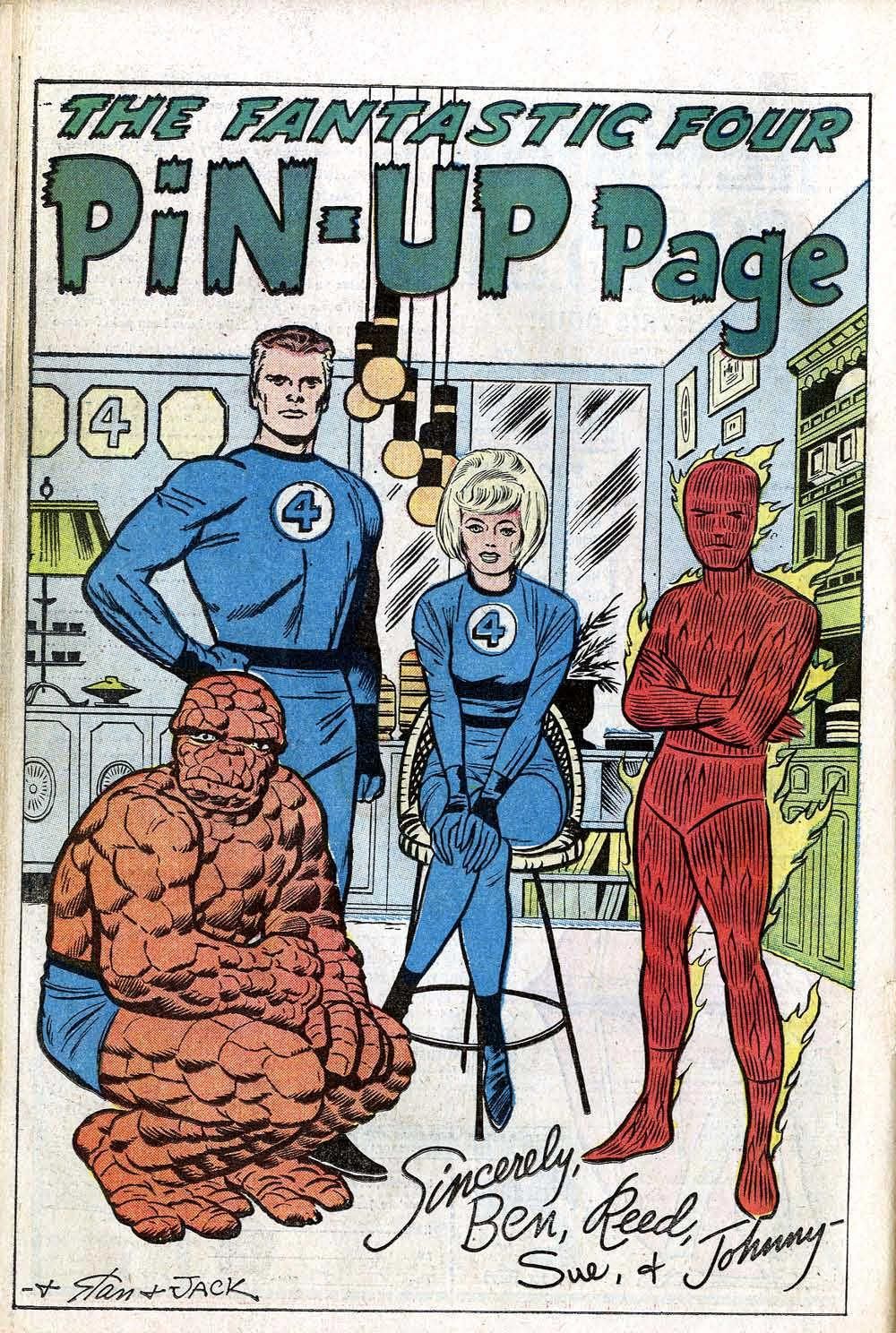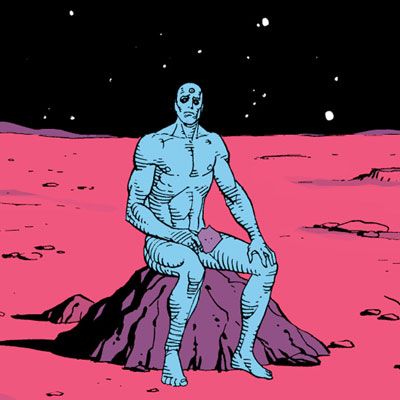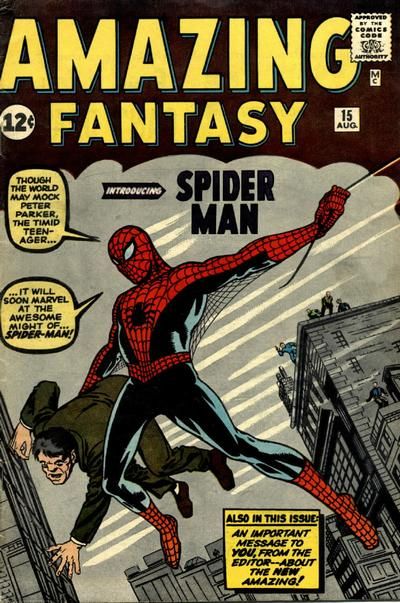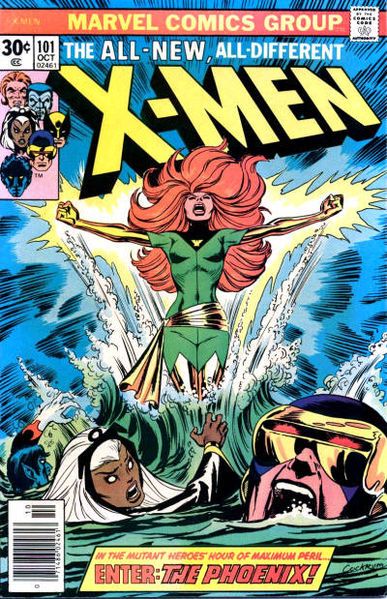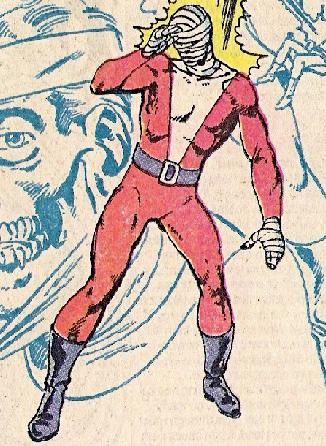In the aftermath of the devastating earthquake in Japan and ensuing tsunami, multiple problems maintaining the countries nuclear reactors are being wrestled with. Amongst all the recent worldwide natural disasters, this threat of nuclear radiation is a man-made one. While fears and concerns about the outcome are varied, as a source of fictional drama, comic books have always embraced the idea with a plethora of radiation-created superheroes.
In an effort to stop worrying about what the future holds, I took a look back at how comic books have treated radiation in the past. I thought about titling this "When Radiation is a Good Thing", but that seemed a little tasteless. However, by highlighting the superheroes who got their power through exposure to radiation I hope to bring some levity to the moment, so here (in no particular order) are ten of them that I like best.
...
The Incredible Hulk
Bruce Banner was accidentally exposed to gamma radiation while saving Rick Jones (who manages to be a staple "normal" human amongst superheroes, despite basically being the cause of a whole slew of problems.) As Banner always says; you wouldn't like him when he's angry... or horny, according to some more recent comics and movies, but I'm dubious as to how that would work. While having excitement (of any kind) be the Hulk's trigger would make sense from a logical perspective, from a human one I just can't see how he could avoid being pissed off if he was never going to have an orgasm again.
Anyway, the Hulk is a clear cut case of radiation-induced superpowers, with the caveat of those powers having seriously damaged Bruce's quality of life. While superheroes often have to deal with the burden of their role, this is one of the few times that comic books get close to having radiation cause an outright disease. Becoming the Hulk doesn't kill Bruce, but it does make it hard for him to access his personality and intelligence.
Daredevil
In the same childhood accident that gave him his powers, flying radioactive rods (or spilled radioactive chemicals, depending what you read) blinded Matt Murdoch and gave him extra-sensitive senses. However, with Murdoch it is very much a case of the powers only being part of the story, the other part being his own will to fight since his power themselves are only sensory. While those enhanced senses help him to hone his body, all of his physical prowess stems from his own dedication, training and (most importantly) his bravery.
One of the only superheroes who got his powers as a child, it wasn't until Murdoch was in college that he began to use them to fight crime, almost as if took that time to grow into himself. Although the accident caused him to lose his sight, the loss is almost entirely compensated for by the powers and in many regards he could have simply to lived his life relatively normally. The choice to become Daredevil with relatively limited powers and a slight disability is emblematic of his character as "the man without fear."
The Fantastic Four
These four got their diverse powers from flying through a cloud of cosmic radiation in an inadequately shielded spaceship. First of all I love that the radiation is "cosmic", it is so far out, there is something deeply dated about the Fantastic Four's origins and I'm glad that that has never been altered. In the original story, they land and immediately begin to transform, as if the radiation was fine until they got back to earth. Maybe there was some kind of interaction between the cosmic radiation and the atmosphere. No one knows, it is a mystery, as is the reason for their dramatically disparate physical transformations...
Susan Richards, (Invisible Girl/Woman) has her overtly passive power of invisibility and force fields, which only in later years became a more actively aggressive power as her force fields became increasingly malleable (and it became societally more acceptable for women to be overtly aggressive.) Her brother Johnny Storm (Human Torch), the hot-headed young daredevil has a similarly appropriate ability to burn his body, fly and throw fire. The quintessential science-guy Reed Richards (Mr. Fantastic), with his emotional inflexibility and his mental acuity is oddly able to stretch his body like elastic. Then there is Ben Grimm (the Thing), a brute of a man transformed into a brute of a brick. Solid and impassable, this reliable character is embodied by his power.
The only reasons that have ever been hinted at for these diverse powers are emotional, which then implies that the radiation is somehow also psychic or at least emotionally sensitive, which implies something more complex than radiation sickness. It's very much an idea that is emblematic of a lot of what was going on in that era, a kind of early 1960's, pop-psychology bubble, with everyone unique and special.
Doctor Manhattan
Jon Osterman was transformed into the near god-like Doctor Manhattan following an accident in an intrinsic field experiment. The radiation he was exposed to separated him from his "intrinsic field" and disintegrates him, over the following months he gradually rebuilds himself as something much more than human. Obviously, his name carried implications of nuclear power, a cause of some discomfort for the character but one that isn't entirely erroneous as he does emit radiation, but not the atomic radiation the name implies.
The origin clearly implies that Osterman's own understanding of science and watchmaking contributes to his ability to come into being and so there is, like the Fantastic Four, this interesting callout to a very 1960's sort of idea, where the phsyical condition is directly affected by the mental and emotional state of the individual. Whether this is a direct homage to the superheroes of that era or not is never clear, but it is appropriate to the time it is set in. Going back to the issue of radiation, there is also the question of whether Osterman emits radiation or not. At some point it is proven (and then questioned) that long term contact with him could cause cancer. The fact that the issue comes up so overtly and people around him die of cancer is what sets this book apart from others. In many ways it shows most starkly that this is not really a comic book, but a book about comic books. If it were a true comic book of the era, it would never include such overt use of cancer.
Spider-Man
One of the most well-known of the radiation-created superheroes is Spider-Man. Not simply the result of basic exposure to radiation, his powers are the result of being bitten by a spider which was exposed to radiation. Basically Peter Parker got second-hand radiation poisoning, which is a) pretty unlikely and b) wouldn't actually work unless he ingested the spider (and despite all of the different retellings of his origin, there's never been one which had him eat a radioactive spider.)
As we are seeing, radiation in comic books never works the way that it does in life. Not so far anyway. His powers function as if he "caught" the powers of a spider, as if the radiation functioned as a kind of Silly Putty, transferring the characteristics off the spider and on to Parker. Unlike a lot of other radiation-created superhero, aside from his dramatic powers Parker doesn't have to deal with any problems associated with the radioactivity exposure.
Phoenix
While there have been many revisions of this once-great character, the original version had it that the first Marvel Girl - Jean Grey - was transformed into a much more powerful being when she was exposed to radiation while piloting the X-Men in their damaged shuttle back to earth. The fatal radiation levels and her own psychic abilities combine to bring forth this new, powerful version of Grey as the Phoenix. Eventually, driven mad with power, she was destroyed. Later this was retroactively changed to have been a separate entity, the Phoenix is a cosmic being, entirely separate from Jean Grey, thus allowing for her return.
Personally, I'm a big fan of selective continuity, meaning that I like to pick and choose which parts of the storyline really happened to my favorite characters (i.e. the version that lives in my head is the "real" one to me.) Therefore I choose to believe that Marvel Girl was transformed by her exposure to radiation and she became a more powerful version of herself, renamed Phoenix. No one possessed her, no one took her life over, no one forced her to do anything. She did what she did.
Negative Man
Larry Trainor got his powers when he was exposed to a radioactive field while piloting a test plane. Very much a double edged sword, his strange power is the ability to release a super-powered energy being from his body. His burden is permanent radioactivity which he combats by wearing special bandages to protect others.
He always seemed like the most intense member of the Doom Patrol, (which is saying something) especially during the very bizarre Rebis phase. With his powers barely under control and the additional onus of wearing radiation-proof bandages Trainor can never have contact with others. In addition, the Negative Man energy being which he releases is very much a separate entity from himself and it seems that there is often negotiation and discomfort in this almost cuckoo-like arrangement.
Click here to donate to disaster relief in Japan via the Red Cross.

